Rising Industrial Applications
The industrial sector's growing reliance on hypochlorite bleaches for various applications is a notable driver for the Hypochlorite Bleaches Market. Industries such as textiles, paper, and chemicals utilize hypochlorite bleaches for bleaching, disinfection, and cleaning processes. In 2023, industrial applications accounted for approximately 25% of the total hypochlorite bleaches consumption, reflecting a diverse range of uses. As industries continue to seek efficient and cost-effective solutions for maintaining cleanliness and product quality, the demand for hypochlorite bleaches is likely to rise. This trend suggests that the Hypochlorite Bleaches Market will benefit from the ongoing industrial growth and the need for effective bleaching agents across various manufacturing processes.
Growth in Water Treatment Applications
The increasing need for clean and safe drinking water is driving the demand for hypochlorite bleaches in water treatment applications. As urbanization accelerates, the pressure on water resources intensifies, necessitating effective disinfection methods to ensure water quality. Hypochlorite bleaches are commonly employed in municipal water treatment facilities to eliminate pathogens and contaminants. In 2023, the water treatment segment represented approximately 40% of the overall hypochlorite bleaches market, underscoring its importance in public health initiatives. This trend is expected to continue, as governments and organizations invest in infrastructure to improve water quality. The Hypochlorite Bleaches Market stands to gain from these developments, as the demand for reliable water treatment solutions remains a priority for many regions.
Expansion of the Food and Beverage Sector
The food and beverage sector's expansion is another significant driver influencing the Hypochlorite Bleaches Market. As the global population continues to grow, the demand for processed and packaged food products is expected to rise. Hypochlorite bleaches are widely utilized in food processing and preservation due to their effective antimicrobial properties. In 2023, the food and beverage industry accounted for nearly 30% of the total demand for hypochlorite bleaches, reflecting its critical role in ensuring food safety. This trend is anticipated to persist, as regulatory bodies increasingly mandate stringent sanitation standards in food production. Consequently, the Hypochlorite Bleaches Market is likely to experience sustained growth, driven by the ongoing expansion of food and beverage operations that require reliable disinfection solutions.
Increasing Demand for Sanitization Products
The rising emphasis on hygiene and cleanliness across various sectors appears to be a primary driver for the Hypochlorite Bleaches Market. As consumers and businesses alike prioritize sanitization, the demand for effective disinfectants, including hypochlorite bleaches, has surged. In 2023, the market for cleaning and sanitization products, which includes hypochlorite bleaches, was valued at approximately 15 billion USD, indicating a robust growth trajectory. This trend is likely to continue as public awareness regarding health and safety remains heightened, further propelling the consumption of hypochlorite bleaches in both residential and commercial applications. The Hypochlorite Bleaches Market is thus positioned to benefit from this sustained demand, as it aligns with the broader movement towards enhanced hygiene practices.
Regulatory Support for Chemical Disinfectants
Regulatory frameworks supporting the use of chemical disinfectants, including hypochlorite bleaches, are emerging as a key driver for the Hypochlorite Bleaches Market. Governments and health organizations are increasingly endorsing the use of effective disinfectants to combat microbial threats in various environments. In 2023, several countries implemented new guidelines that promote the use of hypochlorite bleaches in healthcare and public spaces, thereby enhancing their market appeal. This regulatory support is likely to foster greater acceptance and usage of hypochlorite bleaches, as stakeholders recognize their efficacy in maintaining hygiene standards. Consequently, the Hypochlorite Bleaches Market is expected to experience growth as these regulations create a favorable environment for the adoption of hypochlorite-based products.


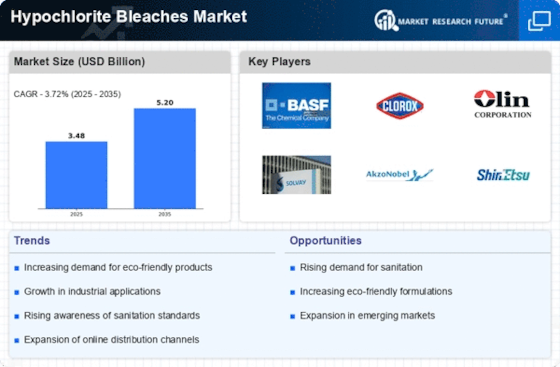
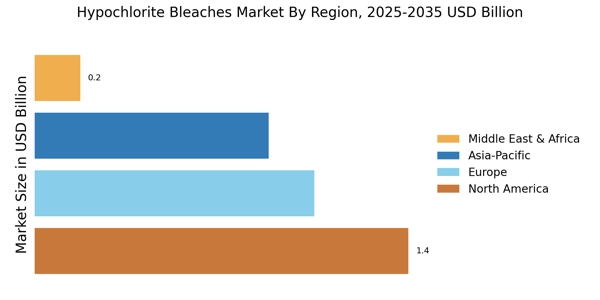


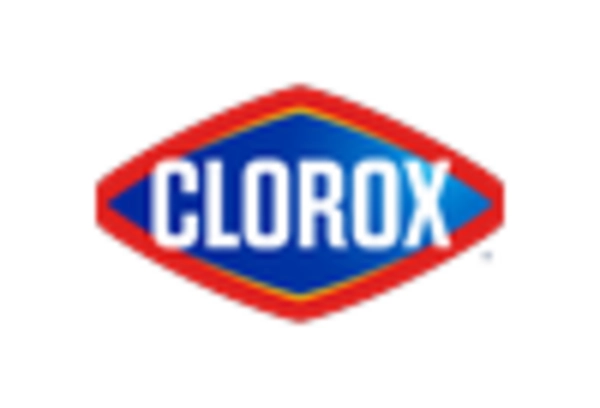
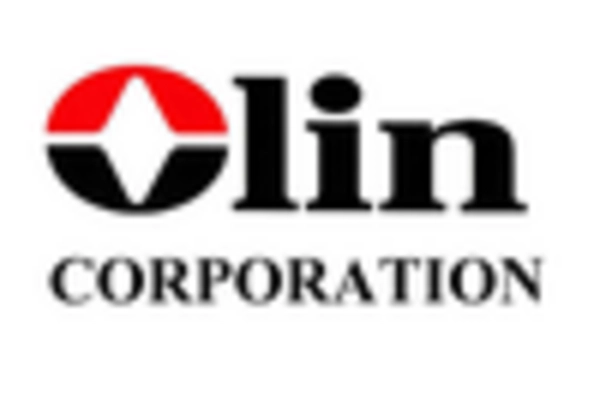
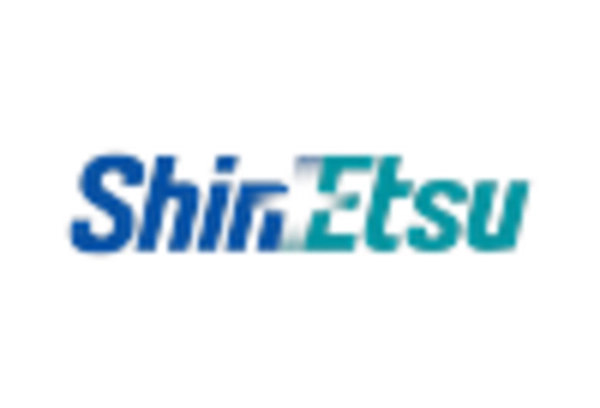









Leave a Comment